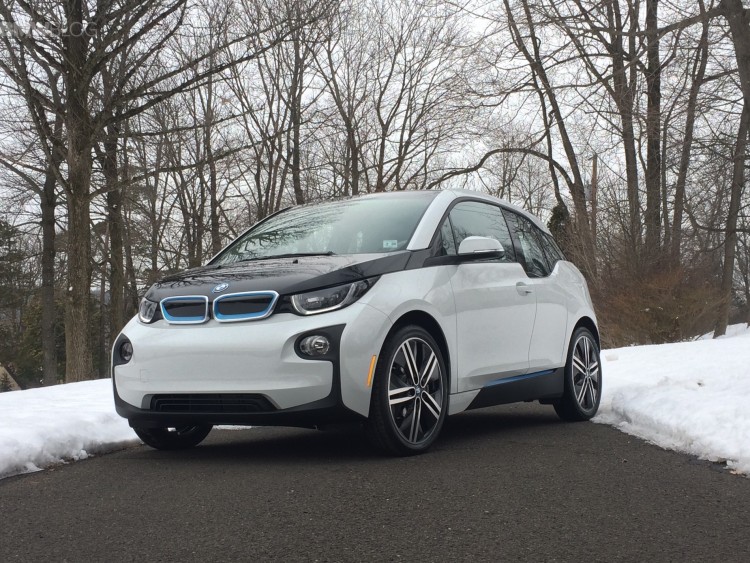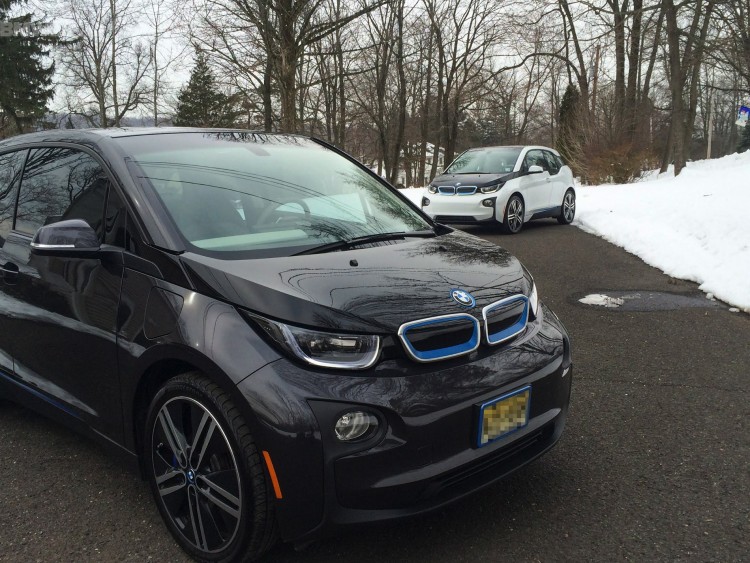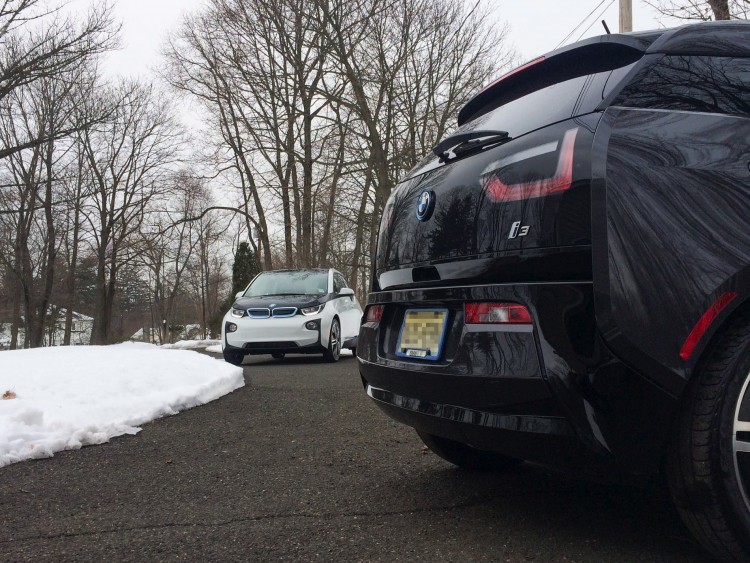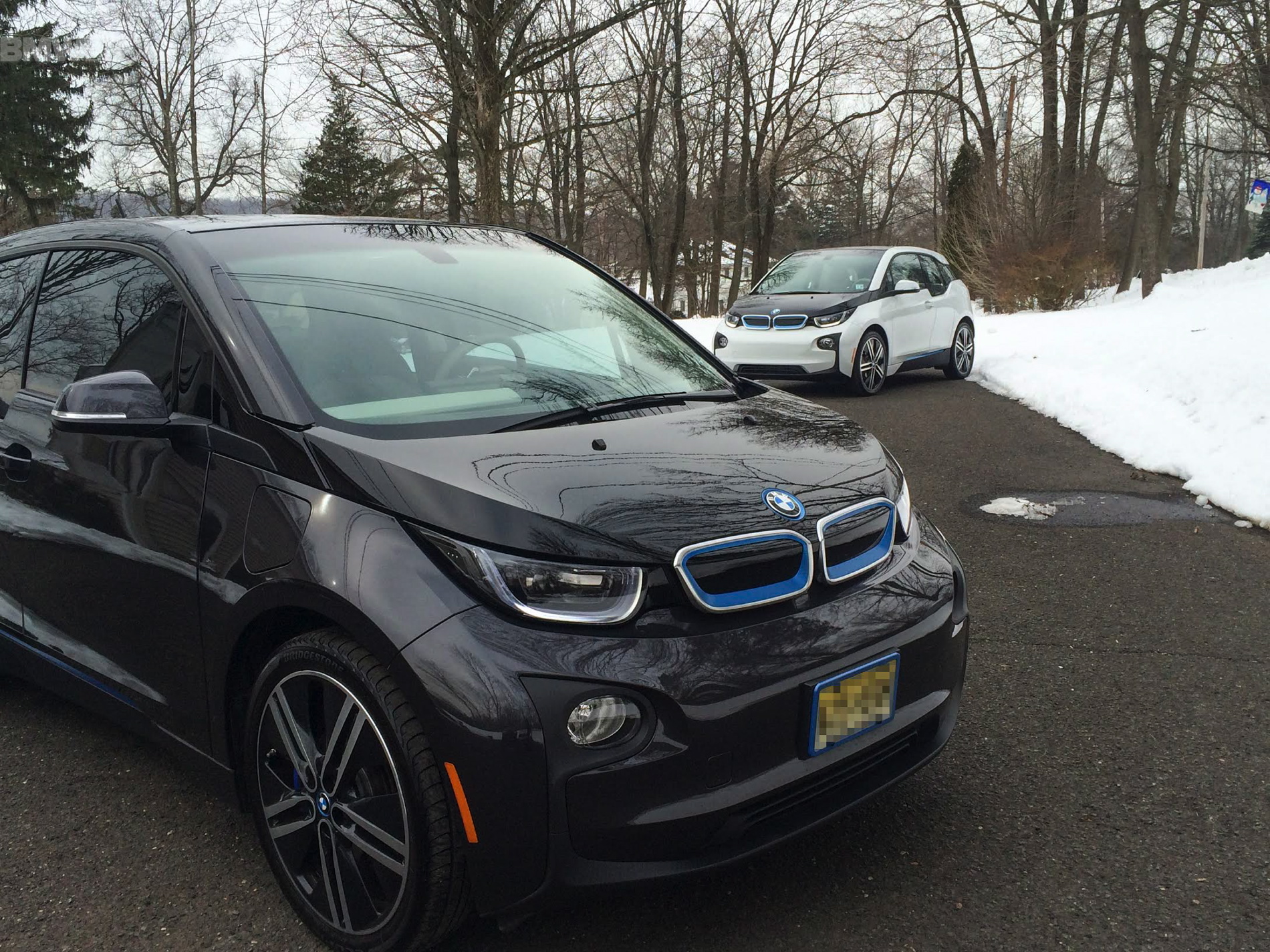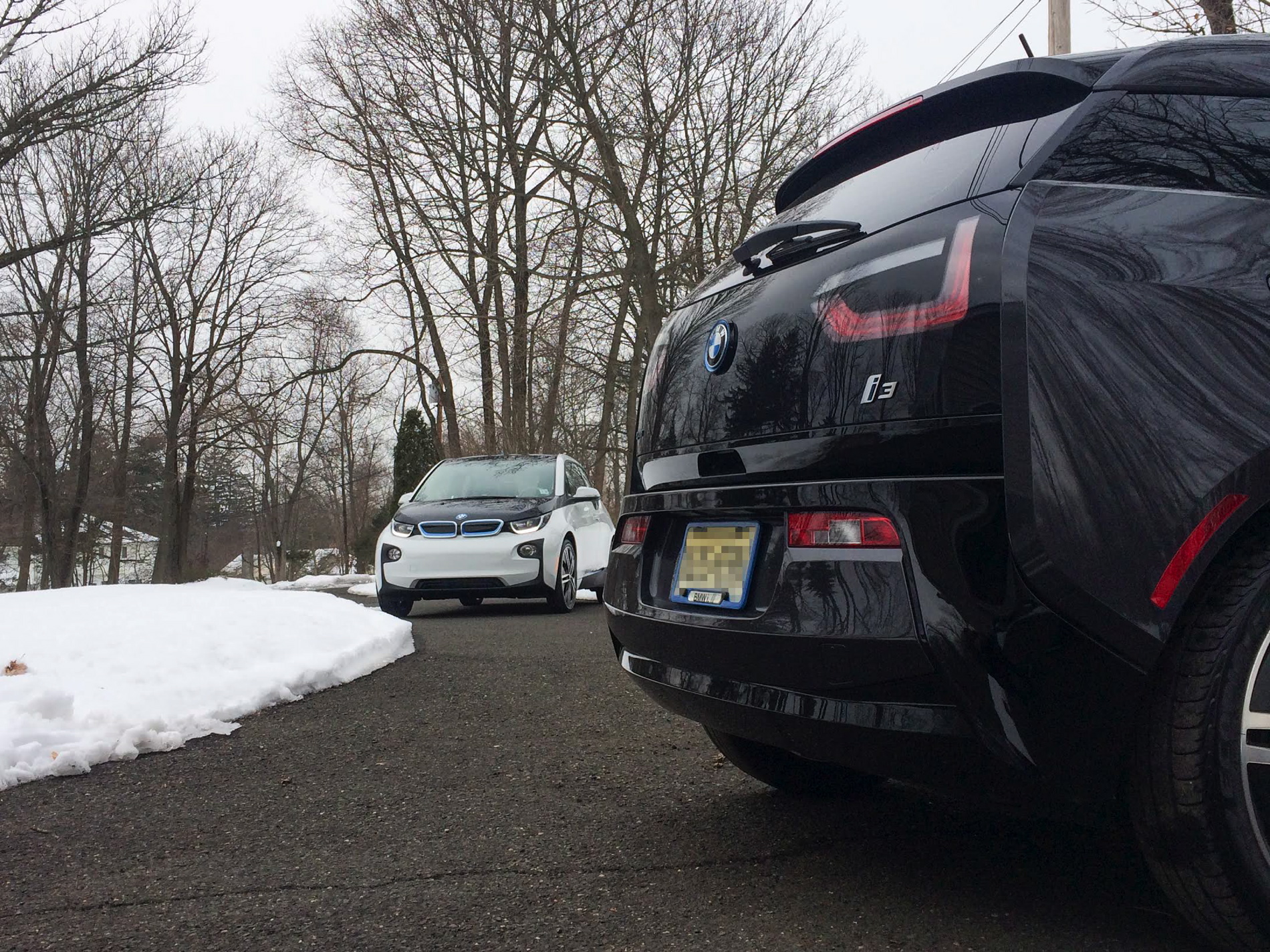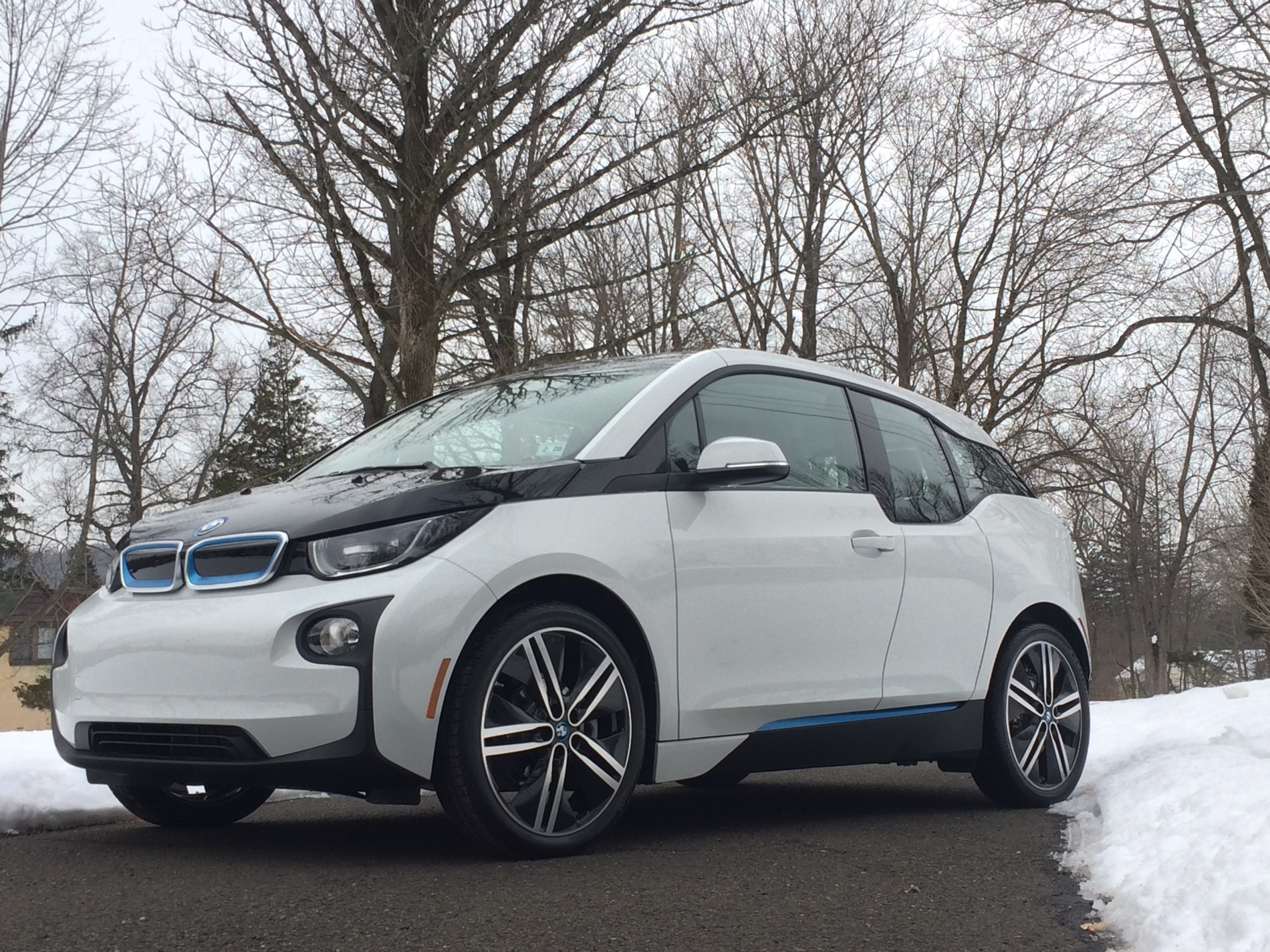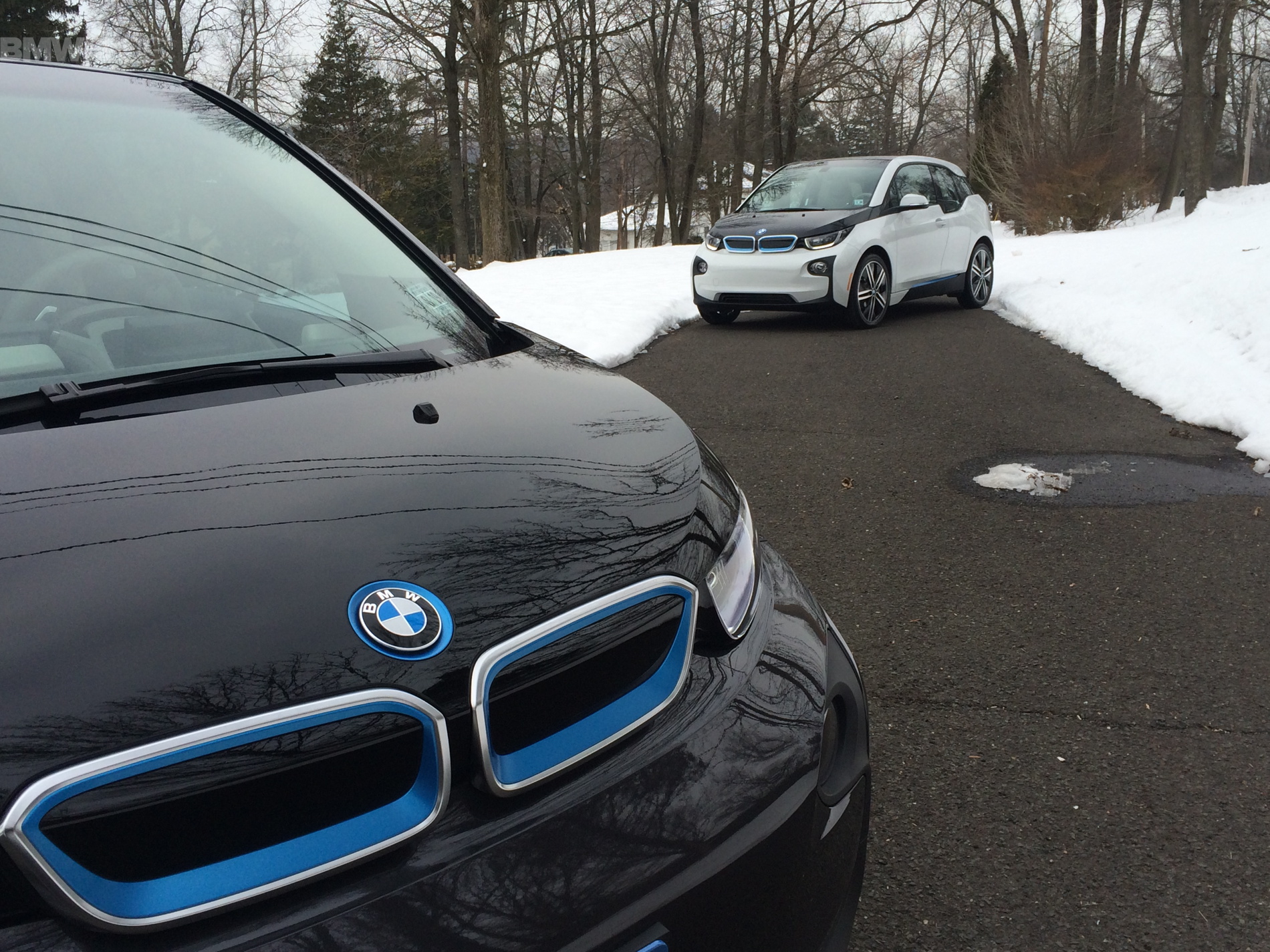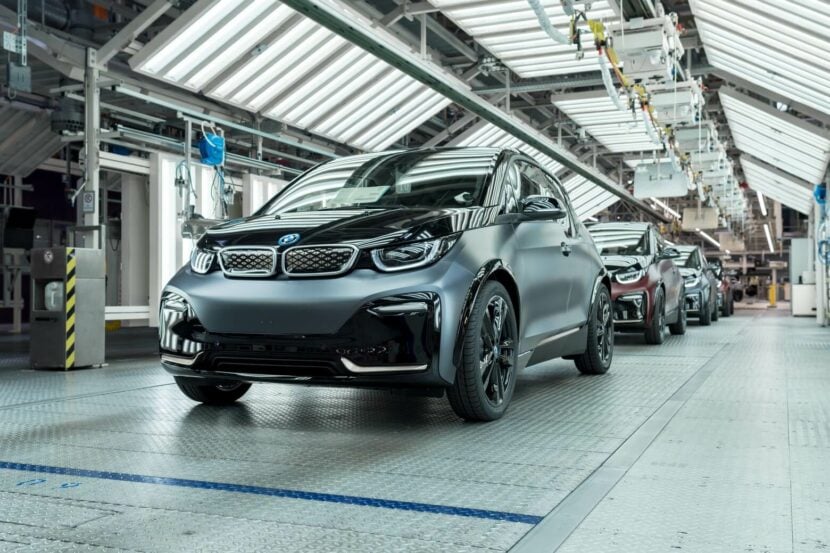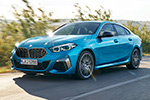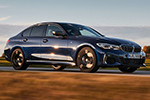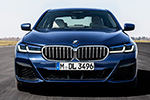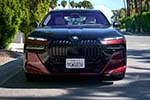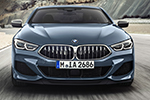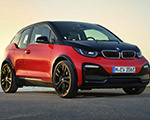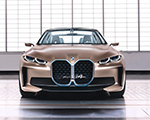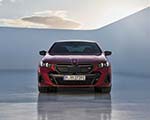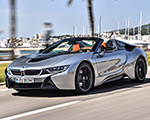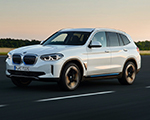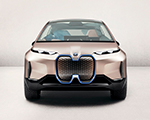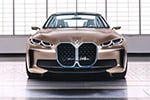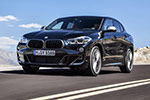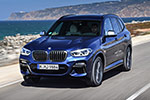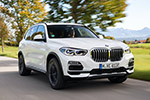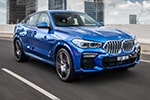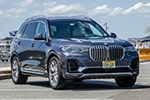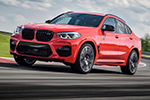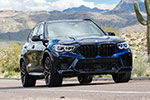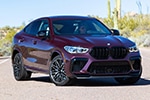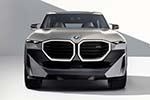A while back I wrote about giving up my daily driven E38 M Sport 7 Series for an all-new BMW i3. Let’s just say the experience has changed the way I view mobility so much that I just purchased another one.
Since acquiring the first i3 back in August, my daily commutes have been met with many thumbs up, lots of stares and the occasional parking lot discussion around where I charge it, what it’s like to drive and more importantly what it costs. Being the consummate client advisor that I am I would normally give my usual glowing overview about the BMW brand and its cars, but with the i3 I find myself explaining the i3 with more enthusiasm than I normally have. I also give greater detail about the many benefits of owning an EV.
The one topic that always gets the conversation flowing is how I charge it when I’m home and where the public stations are when I’m out. No doubt the lack of infrastructure is going to be a concern in the short term, but when I take out my iPhone and open one of the many apps I use to search for public stations, the person is amazed at how many there are, and it will only get better.
The ratio of gas pumps to internal combustion engines on the roads in the US are high, but the reverse is true about EVs. Charge stations are usually in parking lots, garages, or attached to businesses, like restaurants and professional buildings. But truth is they’re not where they need to be, like on major thoroughfares from DC to Boston, or San Diego to Portland.
Recently BMW took a huge step in correcting the lack of chargers by launching their infrastructure roll out for 2015.
At home, I have an Aerovironment Level 2 Charger so both our i3s will benefit from easy fast charging sessions. Typically charging a depleted battery takes 3 to 3.5 hours depending on state of charge. Since my wife arrives home much earlier than I do she can use charger prior to my arrival. In theory, we shouldn’t have any overlap in charging requirements ,but If there are I can easily have another EVSE (Electric Vehicle Service Equipment) installed.
So what attracted my wife to the i3?
The ease of driving the i3 with just one pedal for starters. Known as the “one pedal drive”, it allows the operator to simply drive the i3 by pressing on the accelerator to move forward or releasing it to slow down, even coming to a complete stop. This benefit is something I and many i3 owners enjoy daily.
Another drive aspect of the i3 that makes it enjoyable is the almost instant 184 ft-lbs of torque the electric motor delivers. Since the i3 weighs 2,799 lbs (BEV) to 3,064 lbs (REx), the power to weight ratio is very good.
From a cost perspective I love having us both in i3 because we rack up 25,000 miles per year between the both of us. Even though fuel costs are at an almost 8 year low, I don’t expect them to stay this way for very long. The costs for electricity in my area are $.13 per kw/h times 20kw/h to fully charge the i3 for each car. It’s easy to calculate what it costs me to operate each i3 for this many miles compared to conventional fuel costs in any given area. I’ve done the math numerous times and have compared what I used to spend on fuel each month for my E38 and Toyota 4Runner V8 Sport.
The costs to operate these thirsty V8s were substantial.
I did decide to keep my 4Runner since winters in NJ have become harder to cope with and no doubt just having two i3s would limit my ability to go skiing in the winter and head far south to enjoy the NJ Shores. Although I don’t expect my 4Runner to see much daily action, I do have a need for an SUV in my household, so until a suitable replacement comes along that can run on electrons, the 4Runner stays.
What it all boils down to is this: the i3 may not be the perfect solution for everyone with its limited range, but for my family and I and many with less than 80 mile daily commutes, the i3 could be an excellent driver with operating costs that are next to nothing, while offering the driving characteristics every BMW is known for.
And this is why there now resides two of Bavaria’s EVs in this household’s garage.



